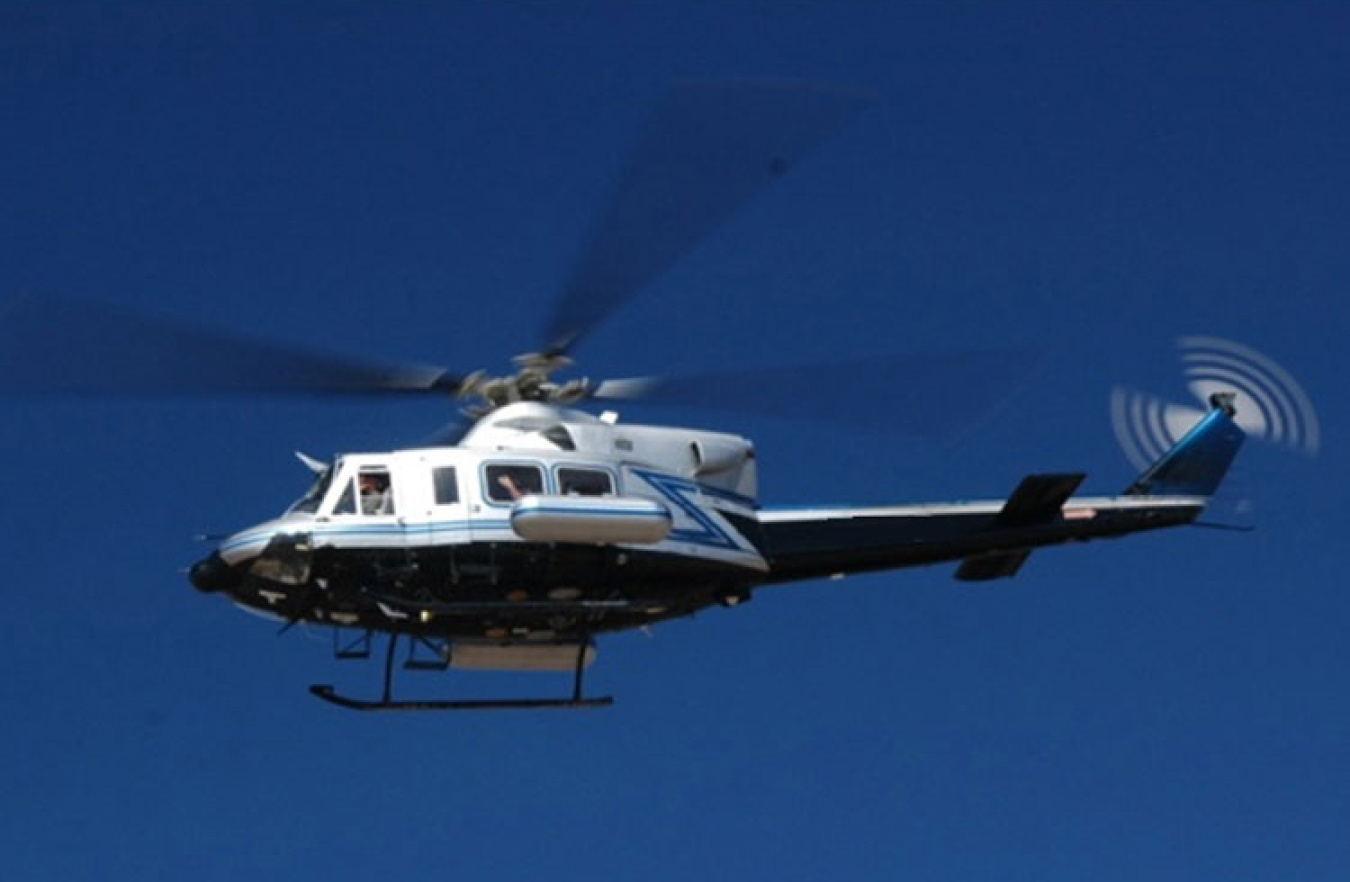The U.S. Department of Energy’s National Nuclear Security Administration (DOE/NNSA) will conduct low-altitude helicopter flights over downtown Boston and the Boston Marathon race route, Friday, Oct. 8, through Monday, Oct. 11.
National Nuclear Security Administration
October 6, 2021
WASHINGTON – The U.S. Department of Energy’s National Nuclear Security Administration (DOE/NNSA) will conduct low-altitude helicopter flights over downtown Boston and the Boston Marathon race route, Friday, Oct. 8, through Monday, Oct. 11.
NNSA’s Nuclear Emergency Support Team (NEST) aircraft will measure naturally occurring background radiation as part of standard preparations to protect public health and safety on the day of the event. The aerial surveys are in support of the 2021 Boston Marathon.
The public may see NNSA’s twin-engine Bell 412 helicopter, which is equipped with radiation sensing technology. The helicopter will fly in a grid pattern over the areas at 150 feet (or higher) above the ground at a speed of approximately 80 mph. Flyovers will occur only during daylight hours and are estimated to take approximately two hours to complete per area.
These surveys are a normal part of security and emergency preparedness activities. DOE/NNSA is making the public aware of the upcoming flights so citizens who see the low-flying aircraft are not alarmed.
For more information and video footage of NNSA’s Aerial Measuring System, click here.

